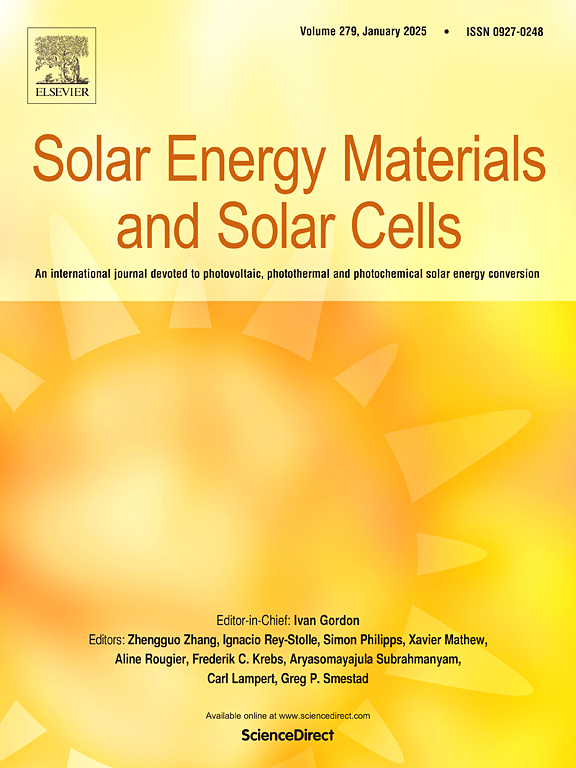On- and off-design optimization for a solar-powered supercritical CO2 cycle based on an improved integrative model with a one-dimensional prime heat exchanger submodel
IF 6.3
2区 材料科学
Q2 ENERGY & FUELS
引用次数: 0
Abstract
The integration of the solar power tower system with a supercritical CO2 (S-CO2) Brayton power cycle is a promising approach for the efficient utilization of solar energy. The prime heat exchanger acts as a bridge to exchange the energy and mass flow between the solar components and the power cycle, whose on-design and off-design performance are crucial for system optimization and analysis. Therefore, the present study incorporates a one-dimensional primary heat exchanger model into the solar power tower model, whose geometric parameters are carefully considered to accurately capture its heat transfer performance and flow resistance. The optimization and analysis are conducted for solar power systems to reveal the optimal geometry and operating parameters for both on-design and off-design conditions. The optimization results indicate that the optimal designs for primary heat exchangers feature compactness, long and thin type, low baffle cut, and high tube side flow velocity. For on-design conditions, the heat-capacity flow rate of molten salt should be designed higher than CO2 in the prime heat exchanger, maintaining the hot end approach temperature higher than the cold end. This improves the operating temperature and efficiency of the power cycle significantly, at the expense of deteriorating receiver efficiency slightly. For low power load scenarios, the heat-capacity flow rate of molten salt should be lower than CO2 to increase the hot end approach temperature of the prime heat exchanger. This reduces the operating temperature of CO2, avoiding a considerable reduction in the mass flow rate of CO2, benefiting the turbomachinery and power cycle performances.
求助全文
约1分钟内获得全文
求助全文
来源期刊

Solar Energy Materials and Solar Cells
工程技术-材料科学:综合
CiteScore
12.60
自引率
11.60%
发文量
513
审稿时长
47 days
期刊介绍:
Solar Energy Materials & Solar Cells is intended as a vehicle for the dissemination of research results on materials science and technology related to photovoltaic, photothermal and photoelectrochemical solar energy conversion. Materials science is taken in the broadest possible sense and encompasses physics, chemistry, optics, materials fabrication and analysis for all types of materials.
 求助内容:
求助内容: 应助结果提醒方式:
应助结果提醒方式:


